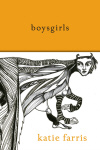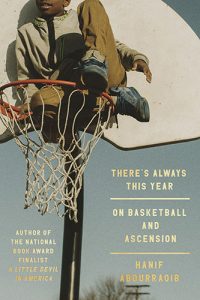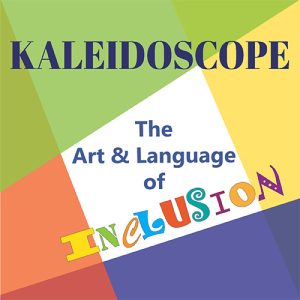boysgirls
Fiction writers have long used the fairy tale genre as a potent vehicle for innovation and subversion, a trend that only intensified after the post-modern assault on canonical literature launched by Messrs. Barthes and Barth. By the 1960s, Italo Calvino and Jorge Luis Borges had already used the stuff of fable and fantasy to breathe new life into old forms, and authors such as Angela Carter and Robert Coover began manipulating both the form and content of classic fairy tales to interrogate and re-imagine some of the most basic assumptions of literary fiction.
Fiction writers have long used the fairy tale genre as a potent vehicle for innovation and subversion, a trend that only intensified after the post-modern assault on canonical literature launched by Messrs. Barthes and Barth. By the 1960s, Italo Calvino and Jorge Luis Borges had already used the stuff of fable and fantasy to breathe new life into old forms, and authors such as Angela Carter and Robert Coover began manipulating both the form and content of classic fairy tales to interrogate and re-imagine some of the most basic assumptions of literary fiction.
Katie Farris clearly drinks from these waters. Her debut collection revels in the idea of writing as play, and from its opening pages Farris engages the reader through a powerful voice and an infectious enthusiasm, suffusing these stories with a palpable sense of both delight and danger. As her madwoman narrator blithely declares in the book’s “Introduction/Implication,” it “is time to laugh, to free that deep itch in your tongue,” and she invites the reader to “giddy yourself atop these sheer drops.” The joy of delirium, however, comes tinged with the threat of violence, with the narrator ominously bidding the reader to “frolic with bared teeth.”
Following suit, the stories in this collection carefully navigate between wonder and terror, introducing fantastic characters, with frequently pitiable fates, such as the girl with a mirror for a face and the boy with one wing. The series of short, fragmented tales is broken into two sections (first “girls,” then “boys”) with the haunting black and white illustrations of Laviana Hanachiuc interspersed throughout. These chilling images lend a sense of cohesion to Farris’s often disjunctive narratives, but the collection’s unity is best achieved through the author’s sure hand with language. She pays loving attention to every word on the page, wedding the exuberance of her narrator’s mad passion with an impressive control of the prose line. In “mise en abyne,” Farris describes how the girl with a mirror for a face “would give up all her notoriety and wish for a mouth,” before offering this exquisite list of “mouths made for devouring: bee-mouth, moth-mouth, the various mouths of months, babybird beaks, the liquidating straw-mouth of the seastar, the lamprey’s edgy round electric hole.”
While Farris studied with Coover, her fantastic tales owe a much clearer debt to Angela Carter. Like Carter, Farris interrogates the patriarchal structures embedded in conventional fairy tales, and like Carter, Farris uses her stories to undermine and reconfigure those structures. These effects are demonstrated powerfully in “the devil’s face,” in which a girl is forced to defecate on the devil’s face as he pleasures himself. Strikingly graphic, not through any evocation of longing or lewdness but rather through its poignant representation of physical and spiritual suffering, this brief piece concludes with its protagonist still in hell and still performing her anguished duty. At the same time, the story ends with the girl shaming the devil and assuming a clear measure of authority. Indulging in these apparent paradoxes, the story serves as an apt embodiment of this provocative collection; lingering somewhere between dream and nightmare, boysgirls leaves the reader poised curious, if not quite comfortable, on the razor’s edge.





